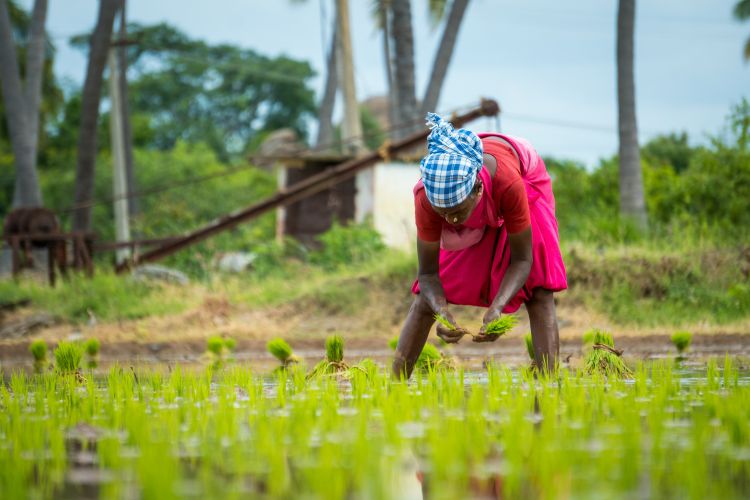
The Union government’s fertiliser subsidy bill is projected to fall by a third this fiscal year due to falling global prices and reduced urea imports. Minister of chemicals and fertilisers Mansukh Mandaviya said on Wednesday that despite the ongoing Red Sea crisis, which has increased freight charges, the government’s fertiliser subsidy is anticipated to stay in the range of Rs 170,000-180,000 crore. This aligns with the budget estimate of Rs 175,100 crore for FY24, marking a 34% fall from the FY23 expenditure of around Rs 256,000 crore.
However, the potential for further savings through subsidy reform should not overshadow the need for ensuring continued affordability for small and marginal farmers. A shift towards direct cash transfers, as suggested by agricultural experts, could be a step in the right direction. This would not only protect farmers from fluctuating prices but also empower them to make informed decisions about fertiliser use. Additionally, targeting transfers based on the PM-KISAN database could ensure funds reach the most deserving beneficiaries, reducing leakages and improving the overall effectiveness of the subsidy programme.
READ | Ageing spurs ‘silver economy’ boom; China, India lead the charge
The Red Sea conflict has significantly raised import prices, tripled freight rates and consequently increasing shipping costs. Without these circumstances, the actual subsidy expenditure for FY24 would have been even lower. To address these challenges, the government approved an additional Rs 13,351 crore subsidy under the nutrient-based subsidy scheme for FY24.
India currently has sufficient fertiliser stocks for the ongoing rabi and upcoming kharif seasons, including substantial quantities of urea, Di Ammonium Phosphate, Muriate of Potash, nitrogen, phosphorus, potassium, and single super phosphate. Mandaviya shared this information during his new book launch, ‘Fertilising the Future: Bharat’s March Towards Fertiliser Self-Sufficiency.’
Need for fertiliser subsidy
Fertiliser subsidies play a crucial role in enhancing India’s agricultural productivity. To alleviate the fiscal burden, the government has implemented several policies, including the 2022 One Nation One Fertiliser scheme. This scheme mandates that all government-subsidised manufacturers use a single brand, Bharat, for their fertilisers. While intended to simplify choices for farmers and reduce freight costs, the scheme has faced criticism for being more about self-promotion than adding value.
While the intent behind the One Nation One Fertiliser scheme is laudable, its effectiveness in improving farmer welfare and reducing costs remains debatable. Focusing solely on branding may be neglecting more fundamental issues like the regressive nature of the subsidy structure. Addressing the inherent inequities by rationalising subsidies based on landholding size and prioritising organic alternatives could deliver greater long-term benefits for both farmers and the environment. The need for sustainable soil management cannot be ignored, and promoting ecologically sound agricultural practices alongside targeted financial support should be the cornerstone of future policy direction.
The scheme requires all subsidised fertilisers, like urea and Di-Ammonium Phosphate, to be marketed under the Bharat brand nationwide in common packaging. Minister Mandaviya noted that this initiative has halved the transport subsidy for domestic fertiliser movement to Rs 5,000 crore.
However, agricultural sector observers suggest that it is time for the government to start paying fertiliser subsidies directly to farmers, shifting from industry payments to direct cash transfers. This would complement PM-KISAN payouts and protect farmers from global market fluctuations. Direct transfers could also encourage more efficient fertiliser use and investment in other agricultural essentials.
Policy Circle previously argued for rationalising subsidies to break their regressive structure, which currently benefits wealthier households and manufacturers more than needy farmers.
As the debate continues over the future of subsidies in India, policy analysts recommend reducing them and addressing leakages. With the PM-KISAN scheme identifying around 8 crore small and marginal farmers, a more targeted approach could deliver significant cash benefits to these farmers.
Another critical issue is the excessive use of chemical fertilisers and urea in India, leading to soil degradation. India urgently needs to reduce reliance on chemical fertilisers and promote organic alternatives to protect the soil and combat climate change.
